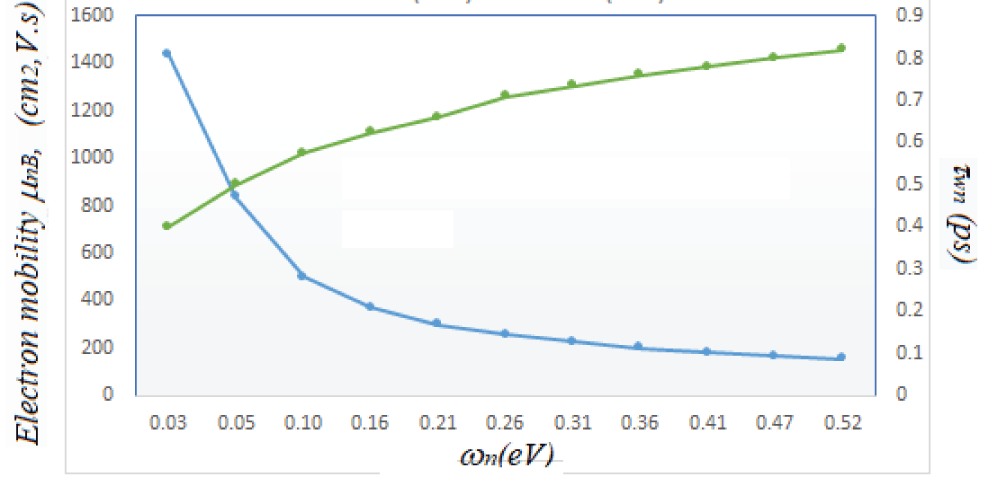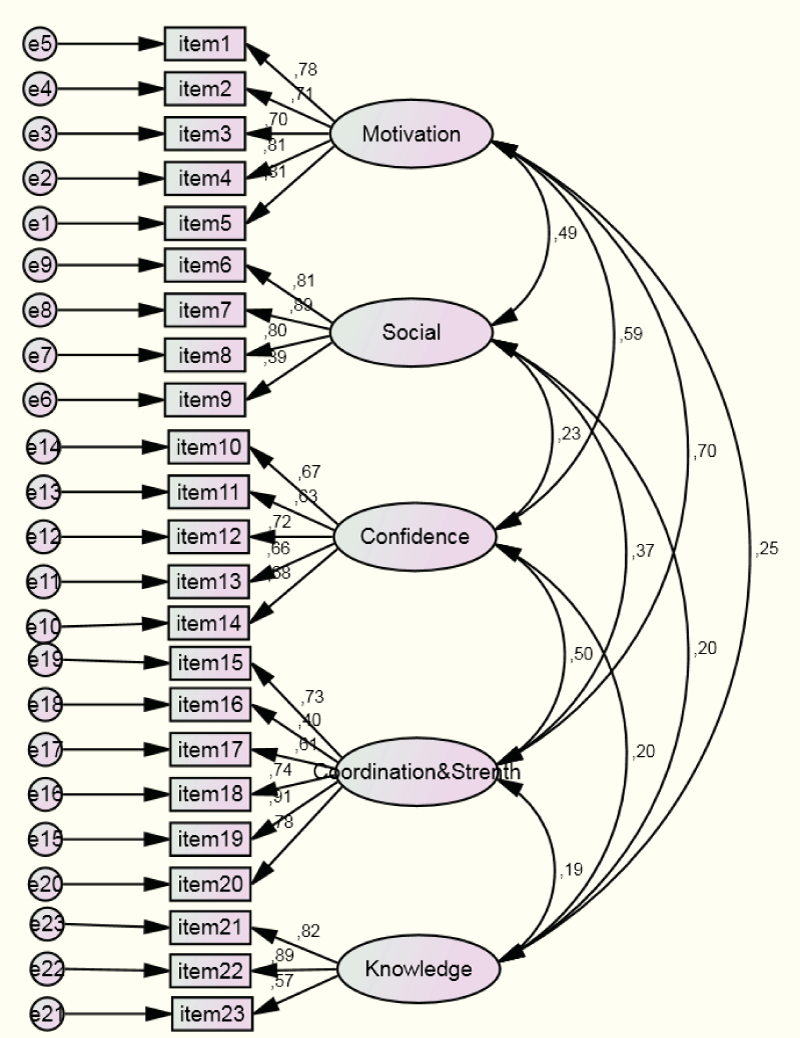Article Explorer

A Unified Mobility Model for Semiconductor Devices and Sensors, Including Surface Hydrodynamic Viscosity

Adaptation of the Physical Literacy Scale for Adults into Turkish and Examination of its Psychometric Properties
 Research Article
Research Article
A Unified Mobility Model for Semiconductor Devices and Sensors, Including Surface Hydrodynamic Viscosity
In this paper we present a physics-based model for hot carrier surface mobility in semiconductor devices and sensors which incorporates the band structure and interface/surface effects. This model can be utilized within the generalized hydrodynamic model (HDM), for semiconductor device and sensor simulation [1]. The proposed non-local surface mobility model is essentially needed in the hydrodynamic transport modelling of hot carriers as an energy-dependent model. Unfortunately, most of the involved parameters in the hydrodynamic simulation of semiconductor devices and sensors are obtained from Monte Carlo simulation in the bulk of a homogenous semiconductor. However, the correct simulation of the dynamic behaviors of hot carrier transport across semiconductor surfaces and junctions, needs to consider the main variable gradients, such as the carrier density, energy (or temperature) and velocity gradients. In particular, the velocity gradient plays a significant role in the transport of hot carriers in 2D electron/hole gas devices. Therefore, our mobility model focuses on the role of velocity gradients of hot carriers and the underlying carrier gas viscosity, to interpret the well-known surface mobility reduction, near the Si/SiO2 interface in nano devices and nano sensors. Unlike previous surface mobility models, which are primarily based on the local electric field and fitting of experimental data, our model is physics-based on the hot carrier energy and velocity gradients. Therefore, our model is also considered truly non-local and fully hydrodynamic.






